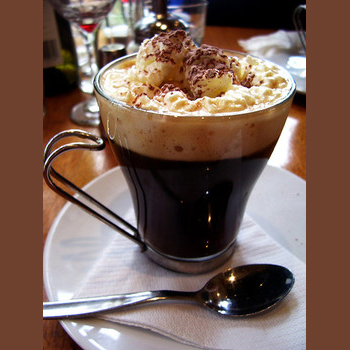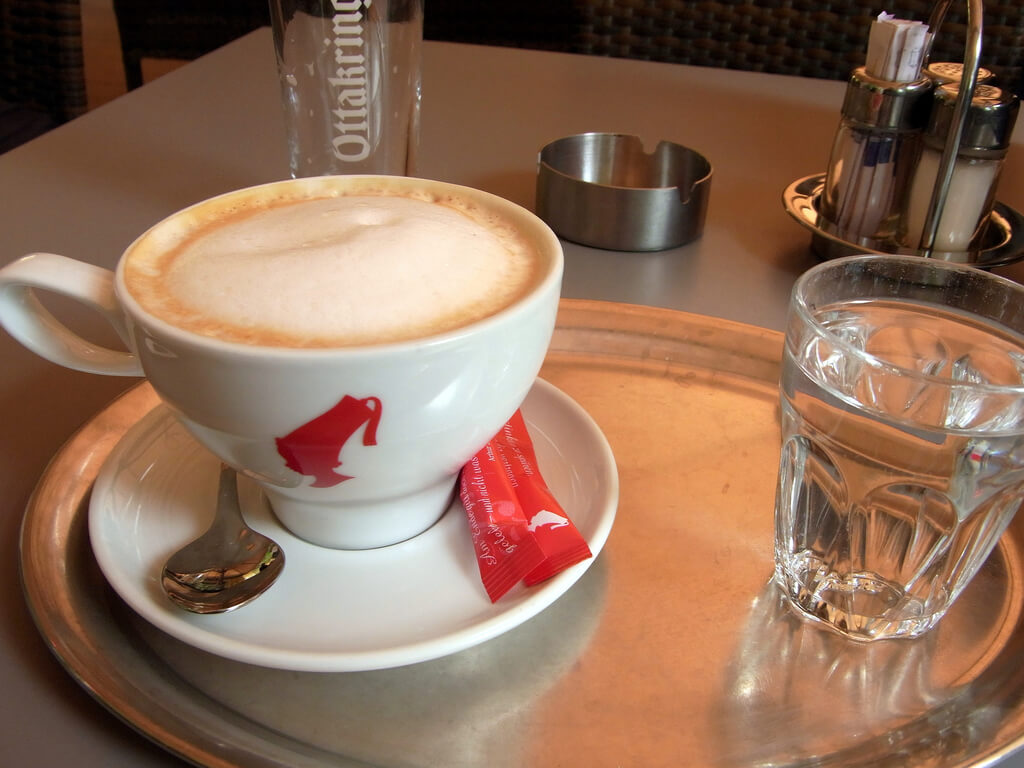

Upon his return, Baba Budan smuggled some fertile beans back to India where he began coffee cultivation. The authorities liked it that way and did everything to ensure that nobody could take fertile beans out of their control and plant the trees themselves.Īlas, along comes Baba Budan, a Sufi saint from India who was on a pilgrimage to Mecca in 1670. If a country wanted coffee beans, they purchased it from Yemen. The course of history changes when the coffee bean spreads both east and west: East into India and Indonesia and West into Italy and onto the rest of Europe. Riots broke out in the Arab streets until justice was returned to the coffee drinking people. A similar thing happened in both Cairo, Egypt and in Ethiopia.Īll of these bans were eventually lifted, but coffee faced it’s fair share of persecution before that. However, in the early 1500’s, the court at Mecca declared coffee to be forbidden due to its stimulating effect. They became the epicenter of social activity. These were the places you went to share and hear information. These coffee houses were known as “Schools of the Wise” ( 2). It was known as the “wine of Araby.” The beverage started to become a little too popular as coffee houses started to open up all around Arabia. So any time you hear the term “mocha,” when talking about coffee, you now know where that term originated.Ĭoffee was grown in Yemen and became well known in Egypt, Persia and Turkey. The port at which the beans first arrived was called Mocha.ĭue to coffee’s growing popularity and the shipment of coffee from the port city, Mocha became synonymous with coffee. Coffee made its way north, across the red sea into Yemen in the 15th Century. Though the story of Kaldi cannot be proven to be true, one thing is certain: coffee came from Ethiopia.Īnother thing we know for sure is where it went next. Shortly after this, the beans were ground and boiled to produce what we know today as coffee. The result was a wonderful, pleasing aroma which became the world's first roasted coffee. He discovered that they were eating red berries and concluded that this fruit was the cause of this odd behavior.Īfter stumbling upon this magic fruit, he shared his findings with a monk, who was ecstatic to find something that would help him stay awake all night as he prayed.Īnother story, however, claims that Kaldi shared these beans with a monk who disapproved of their use and threw them into the fire. They were dancing.This definitely wasn’t normal.

Kaldi, an Ethiopian (formerly Abyssinia) goat herder stumbled on his goats acting quite strange. The most popular origin story of the beloved bean starts with Kaldi and his goats ( 1) in 700 AD.

How Was Coffee Discovered? – Ethiopia And The Dancing Goats

There’s a lot to cover, so grab a cup of coffee and read on. But how the bean made it to every corner of the globe? That’s what we are going to dig into.Īfter a slow discovery in Africa, coffee went west into Europe to be discovered and coveted by the newer civilizations as well as east into Asia where it was planted and harvested. At the very beginning, it came from Ethiopia. Where did coffee originate? Well, that’s the easy bit. It’s remarkable how one small bean taken from tiny trees in Ethiopia could become the 2nd largest commodity traded in the world today.Įver wondered where coffee came from, were this little bean got its start? Get ready to be taken on a journey through time and across continents. The bean has traveled the globe for centuries, being smuggled out of strict countries, stolen from royalty and has changed entire nations and economies. The history of coffee is a fascinating story. History of Coffee: Where Did Coffee Originate and How Was It Discovered?


 0 kommentar(er)
0 kommentar(er)
